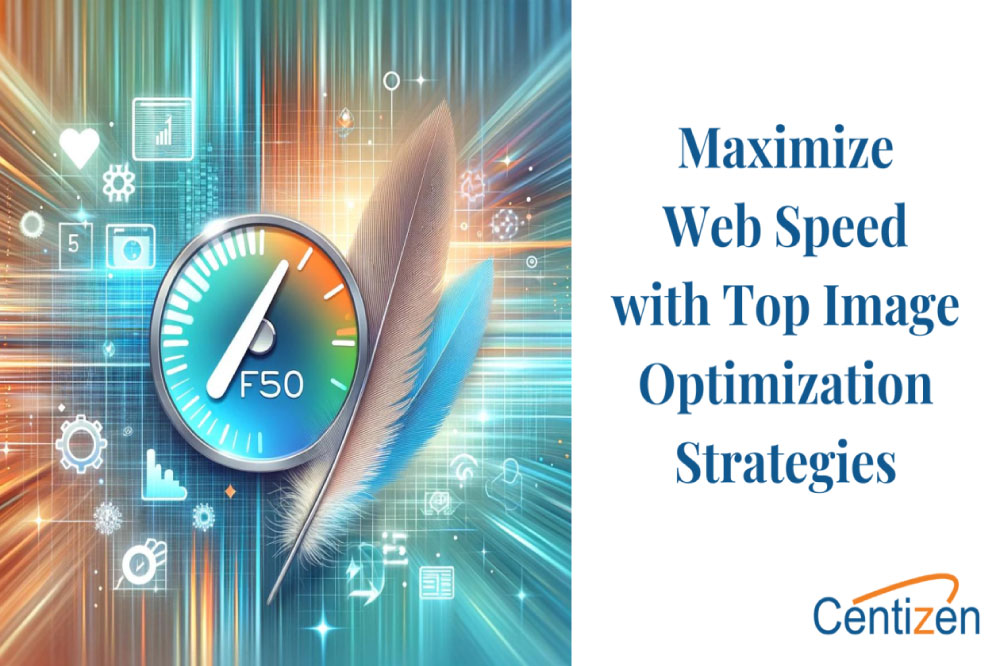Website Performance: The Ultimate Guide to Image Optimization

Optimizing your website’s images is not just a best practice—it’s a necessity. For any website owner, developer, or digital marketer, understanding and implementing advanced image optimization techniques is key to enhancing site performance, user experience, and even SEO rankings. Here’s how you can leverage the power of image optimization to catapult your website’s speed into the stratosphere.
1. Choosing the Right Image Format
The foundation of image optimization lies in selecting the appropriate format. JPEGs are your go-to for vibrant photographs full of colors, whereas PNGs should be your choice for images requiring transparency or sharp contrast edges, like logos. Enter WebP, a modern marvel that compresses both types of images more efficiently, making it a versatile option for web use.
2. Mastering Compression Techniques
Image compression is an art—balancing quality with file size to maintain the visual appeal of your products or visuals. Utilize tools and algorithms that offer lossless compression to trim down file sizes without sacrificing quality. Remember, in the realm of e-commerce, how your product looks can make or break a sale.
3. Resizing Images for Perfect Fit
An image larger than its display container is like wearing oversized clothes—it just doesn’t fit. Resizing images to match their container size eliminates unnecessary download times, streamlining your site’s loading speed.
4. Implementing Responsive Images
With the plethora of devices used to access websites today, responsive images are no longer optional. Use HTML’s srcset attribute to serve the right sized image to the right device, ensuring a tailor-made experience for every user.
5. Lazy Loading: The Smart Way to Load
Introduce lazy loading to your website, where images load only as they’re about to enter the viewport. This technique significantly cuts down initial page load times, conserving both bandwidth and system resources.
6. Harnessing the Power of CDNs
Content Delivery Networks (CDNs) are the unsung heroes of the internet, storing and delivering images from servers closest to the user. This reduces latency and accelerates image loading, providing a smoother browsing experience.
7. Leveraging Image Caching
Make friends with browser caching to store images locally in users’ browsers. This means once an image is downloaded, it won’t need to be fetched from the server on subsequent visits, speeding up load times dramatically.
8. Optimizing Thumbnails
In e-commerce, thumbnails are ubiquitous. These smaller images must be optimized just as meticulously as their full-sized counterparts to prevent cumulative page bloat.
9. SVGs for the Win
For icons, buttons, and shapes, SVGs are your best bet. They’re resolution-independent, ensuring crisp visuals on any screen, and often have smaller file sizes compared to their raster counterparts.
10. The Magic of Image Sprites
Combine multiple images into a single sprite sheet to reduce server requests. This old-school technique is particularly effective for icons and small, repetitive images.
11. Say No to Text in Images
Where possible, use HTML and CSS for text and styling. It’s more flexible, accessible, and lighter than embedding text in images.
12. Automating Optimization
Incorporate automated tools into your deployment process to ensure all images are optimized before going live. This saves time and guarantees consistency across your site.
13. Monitoring with Tools
Utilize tools like Google PageSpeed Insights or Lighthouse to gauge your site’s performance and pinpoint areas for improvement. These insights can be invaluable in optimizing your site’s speed.
14. Exploring Next-Gen Formats
Keep an eye on emerging image formats like AVIF, which promises even better compression than WebP, with growing browser support.
Image optimization is a continuous process, but by employing a mix of these techniques, you’ll ensure your website not only loads faster but also provides a seamless user experience. In the fast-paced world of the internet, speed is not just an advantage—it’s imperative. Start optimizing today and watch your website soar.
Explore Centizen Inc’s comprehensive staffing solutions and innovative software offerings, including ZenBasket and Zenyo to elevate your business operations and growth.
Centizen
A Leading IT Staffing, Custom Software and SaaS Product Development company founded in 2003. We offer a wide range of scalable, innovative IT Staffing and Software Development Solutions.
Contact Us
USA: +1 (971) 420-1700
Canada: +1 (971) 420-1700
India: +91 63807-80156
Email: contact@centizen.com
Our Services
Products
Contact Us
USA: +1 (971) 420-1700
Canada: +1 (971) 420-1700
India: +91 63807-80156
Email: contact@centizen.com






